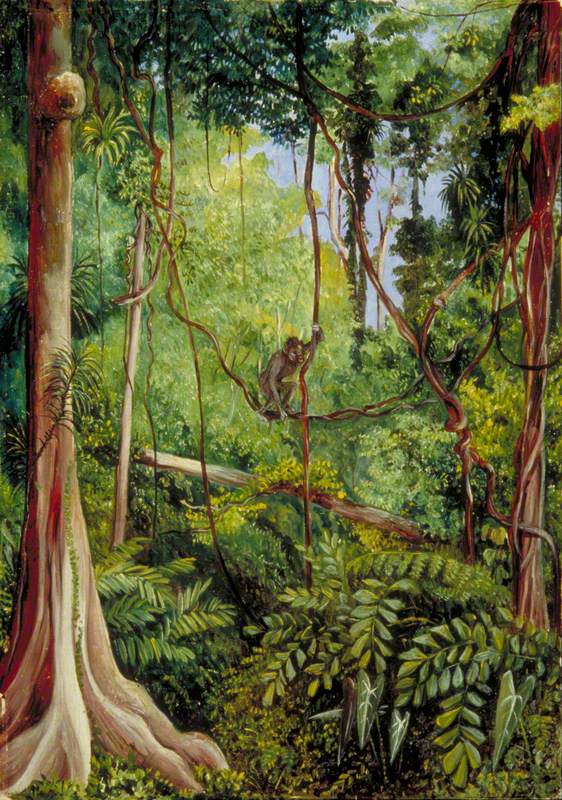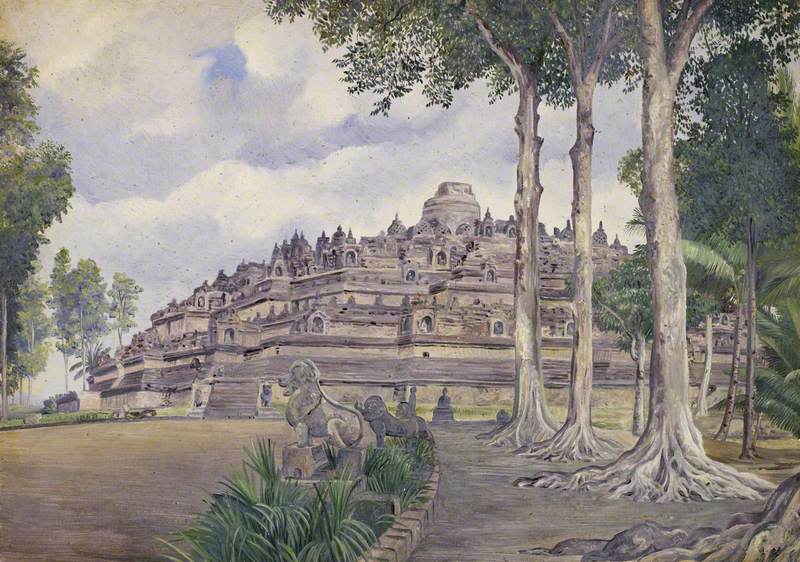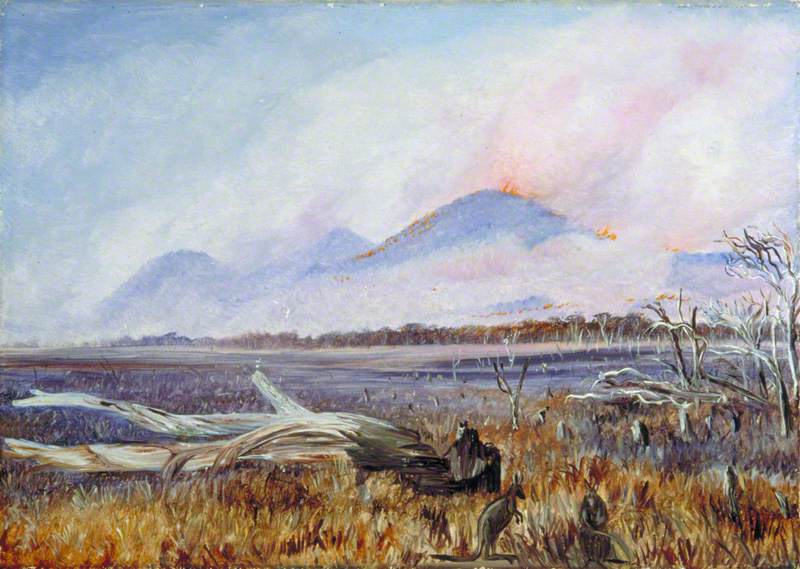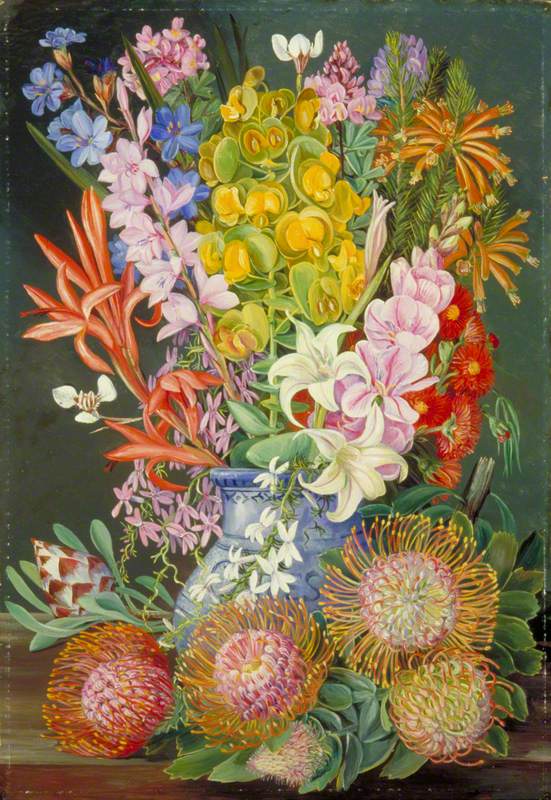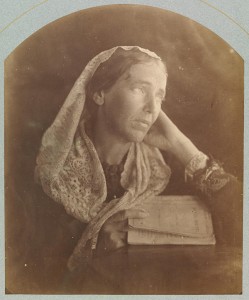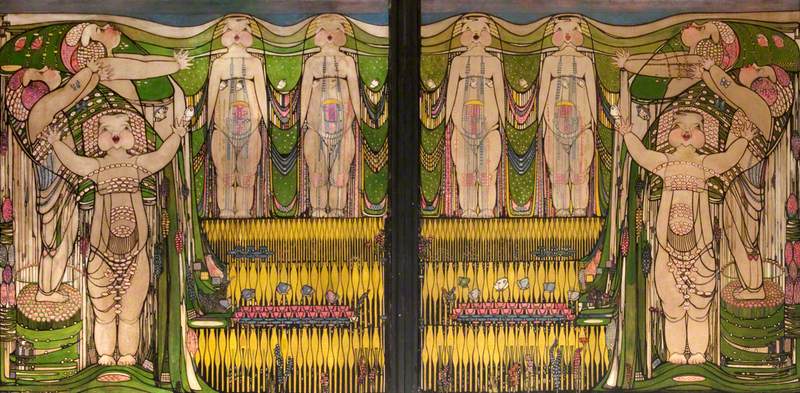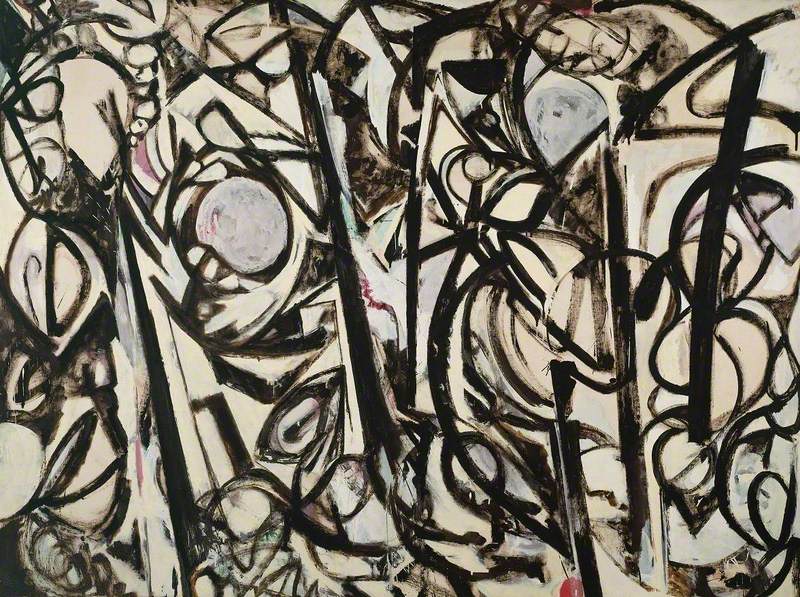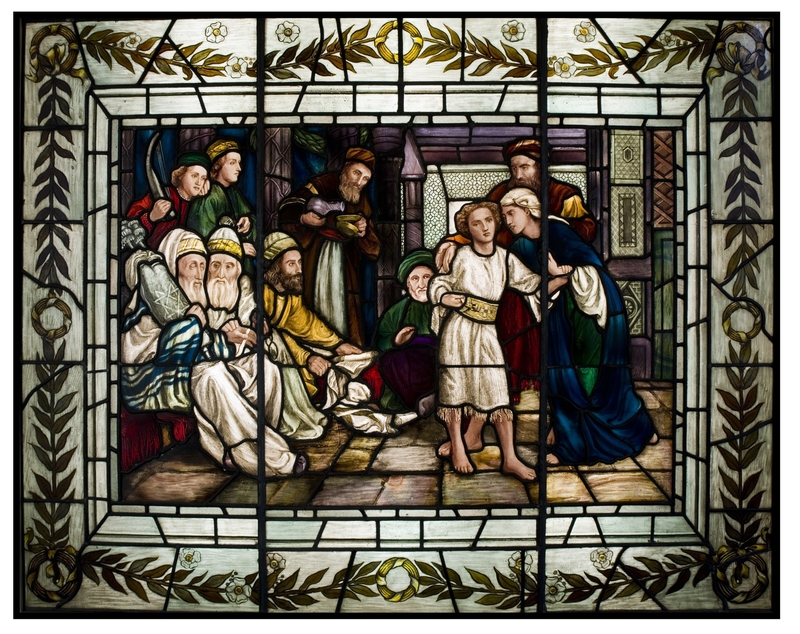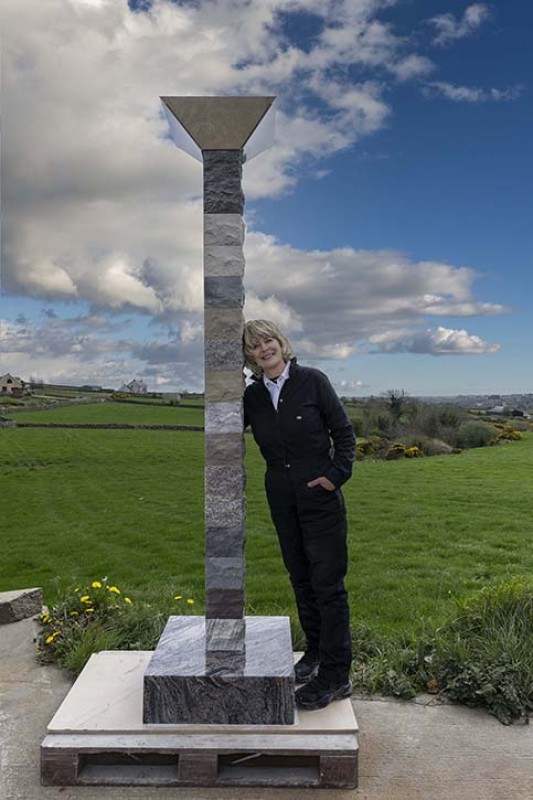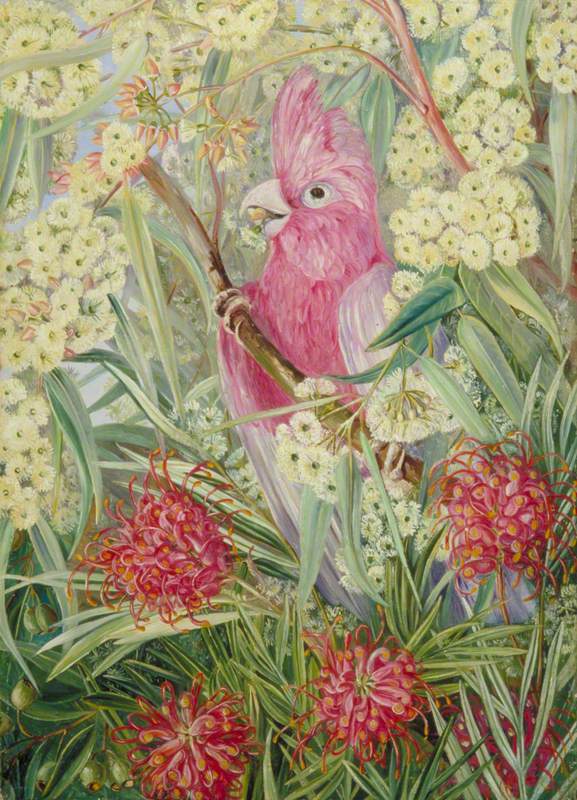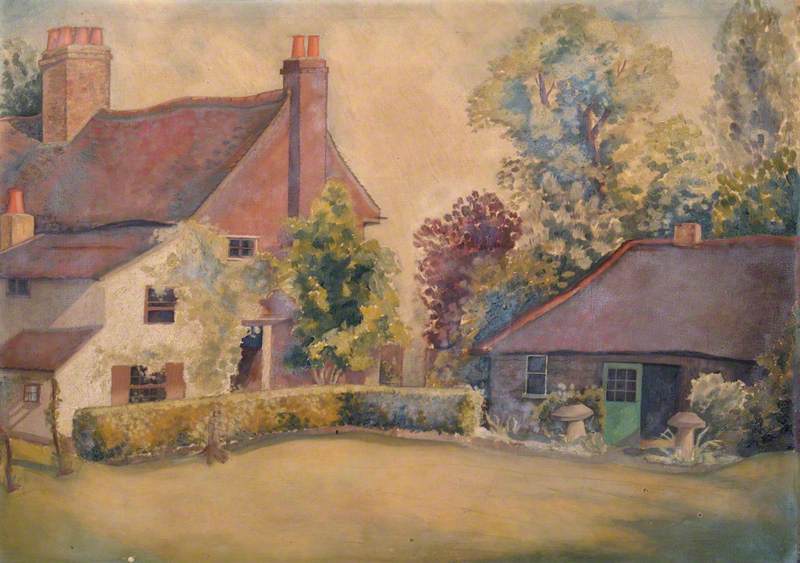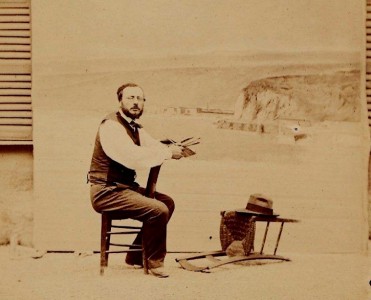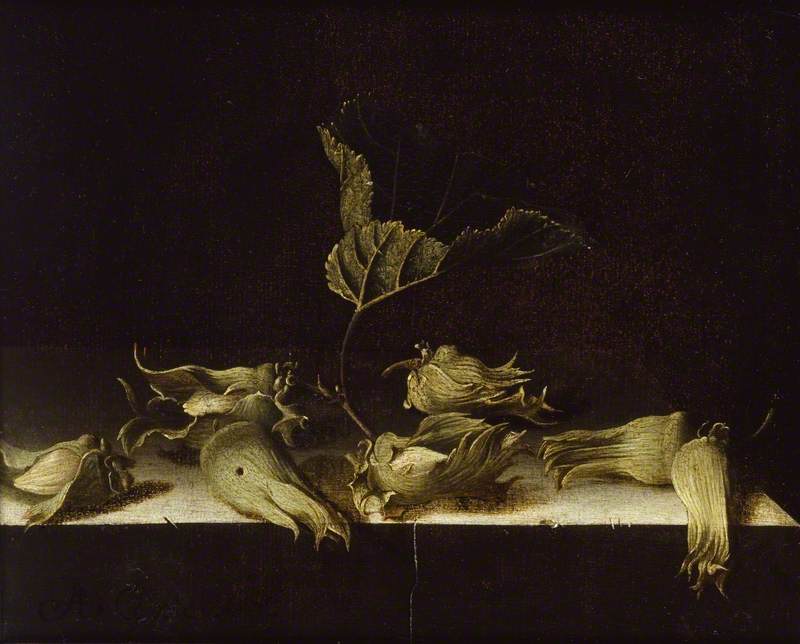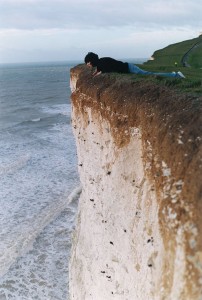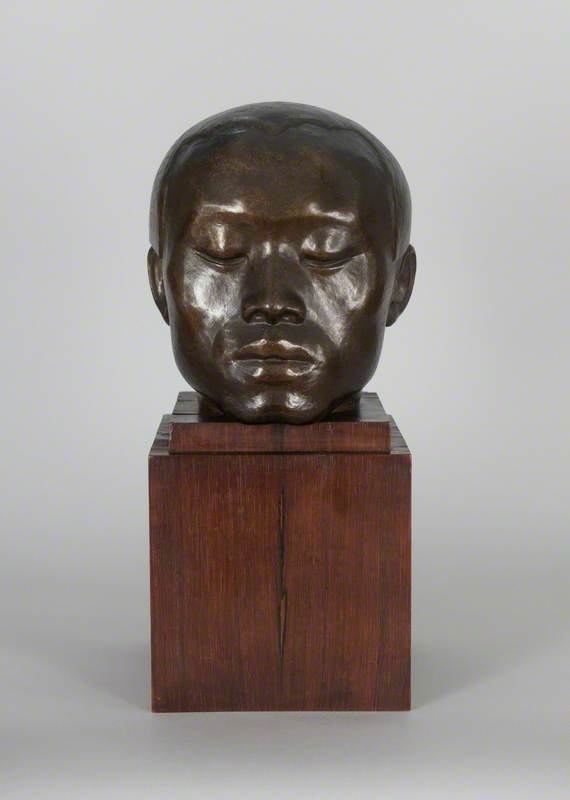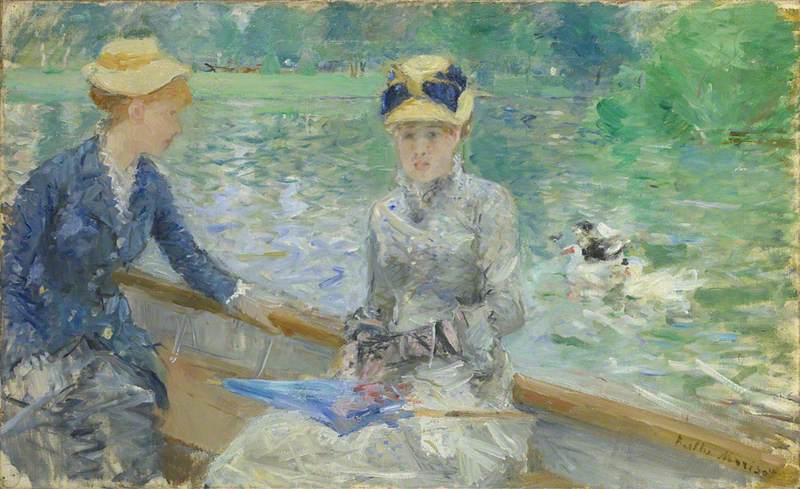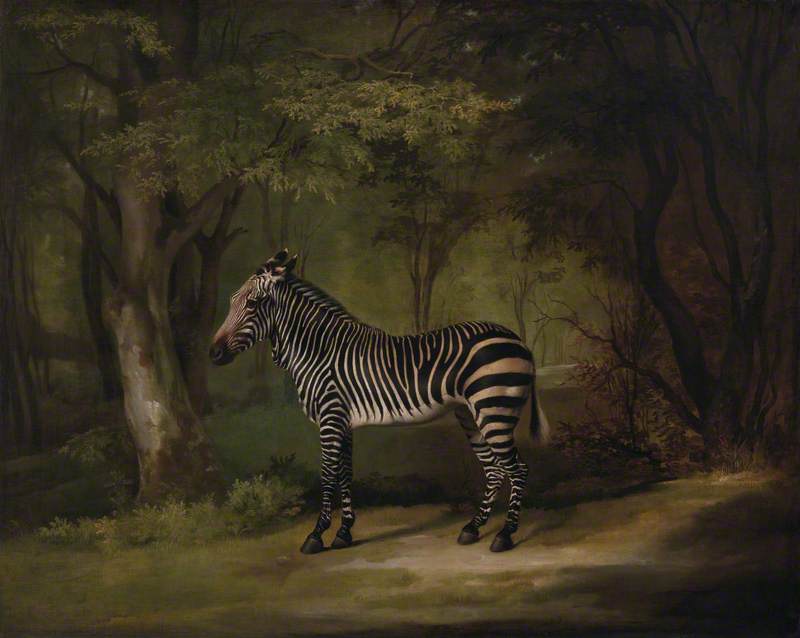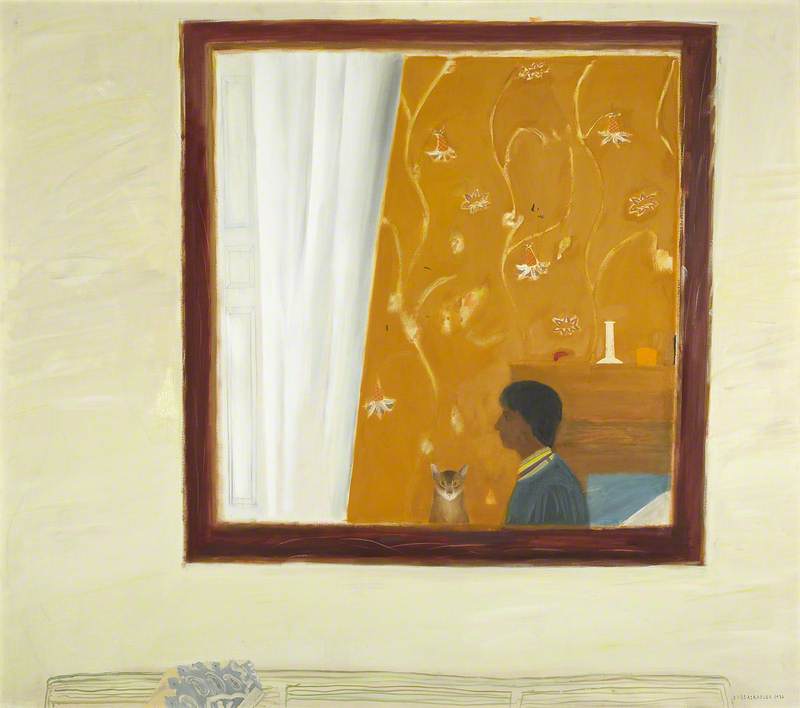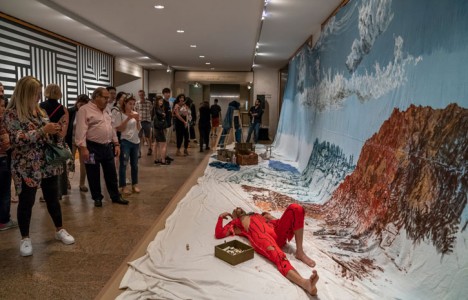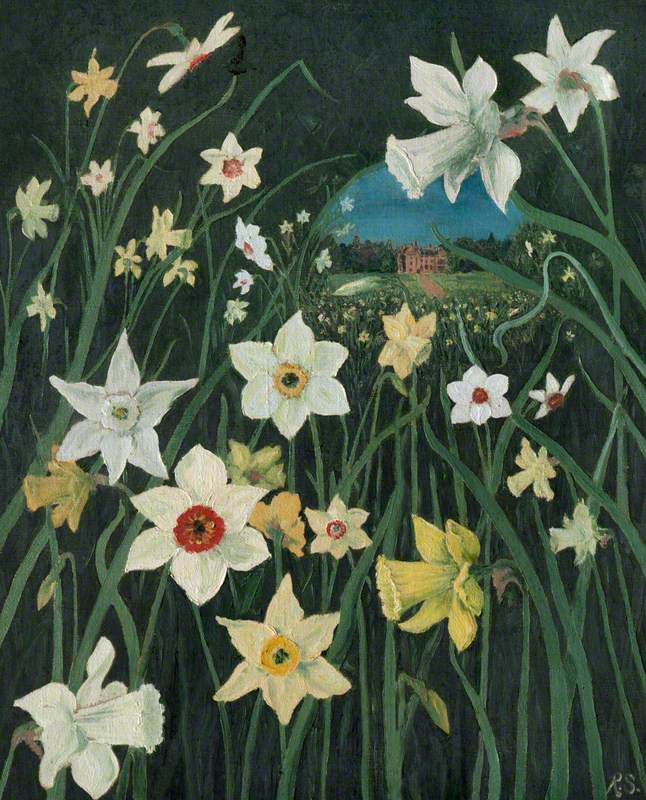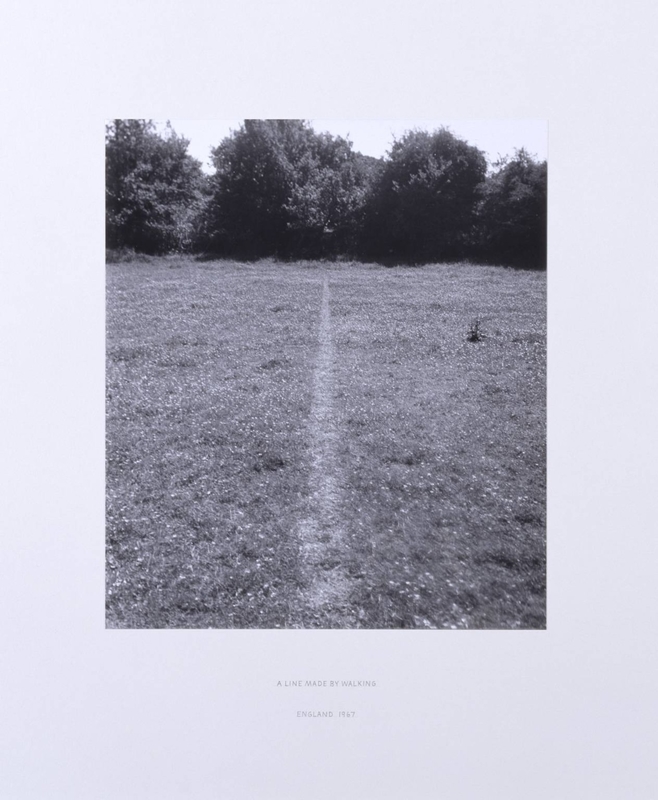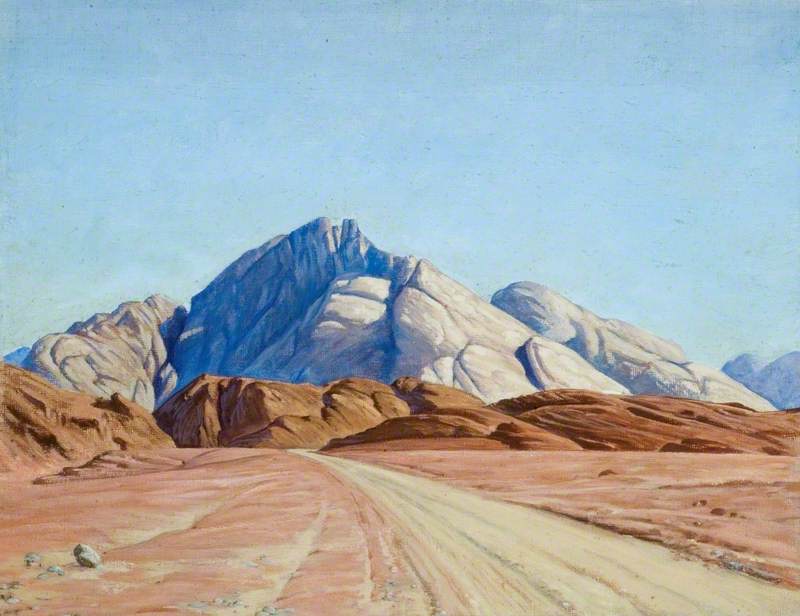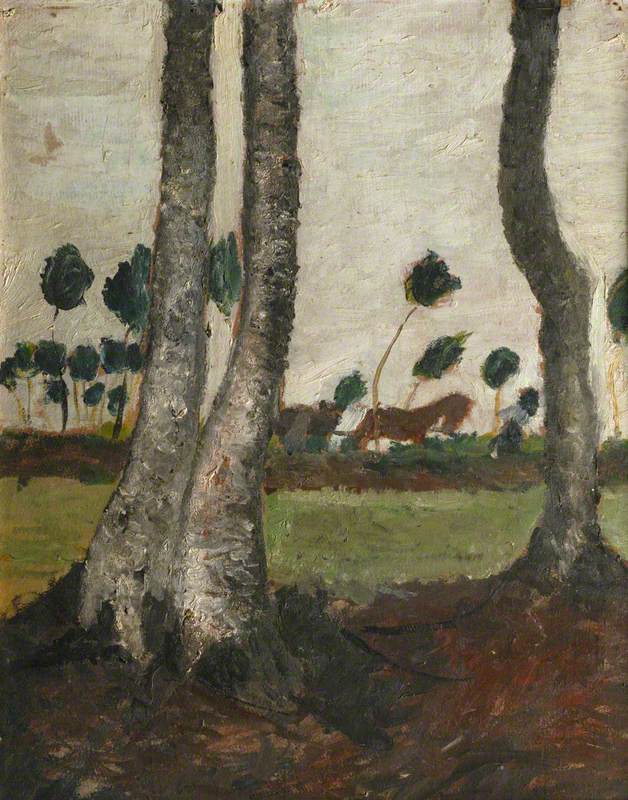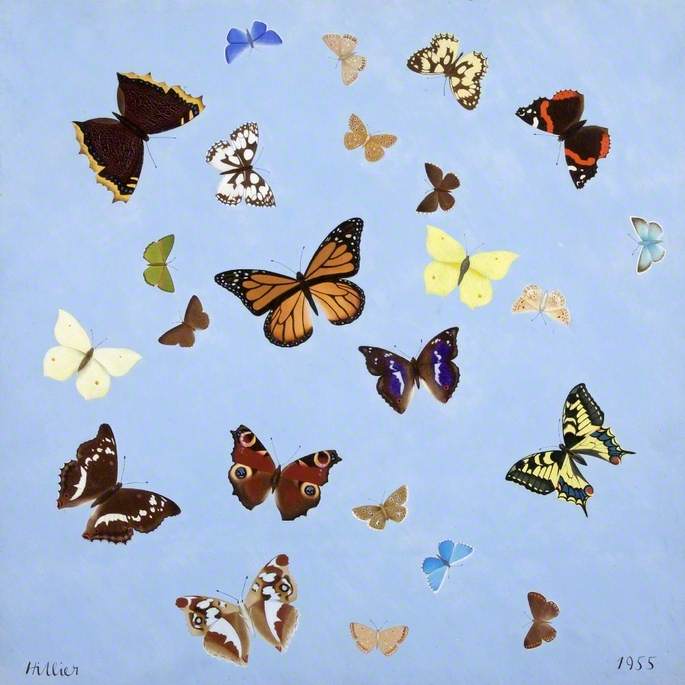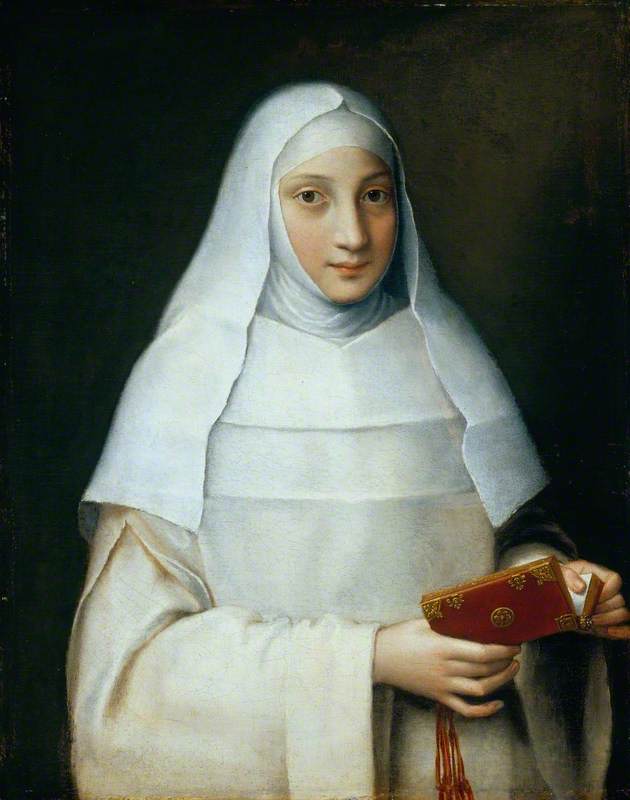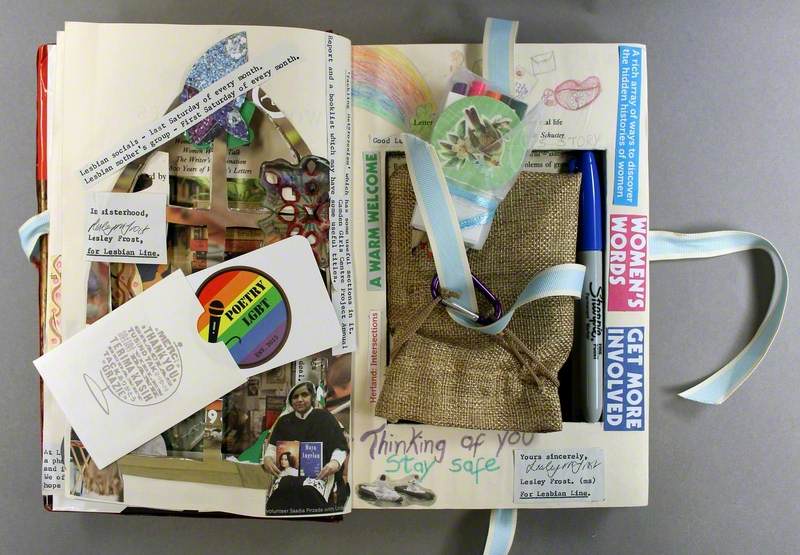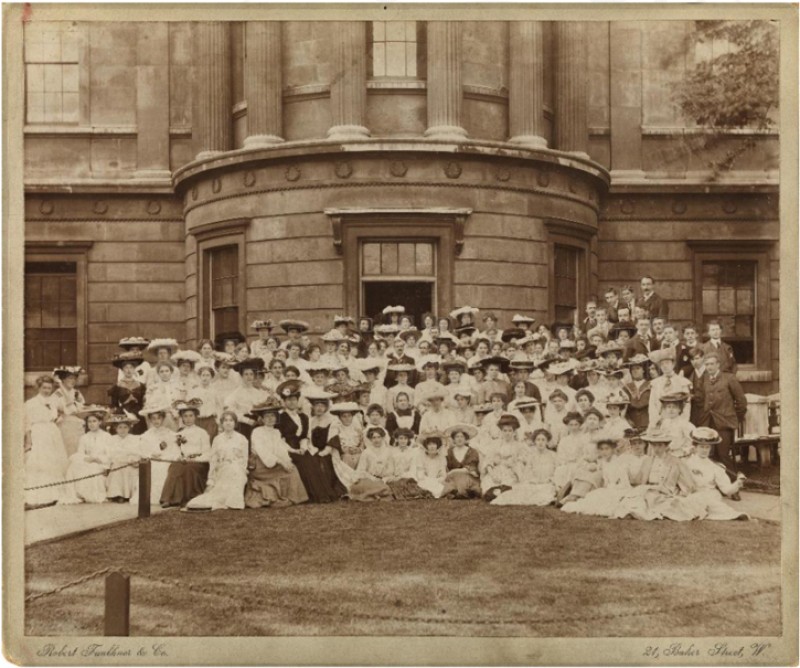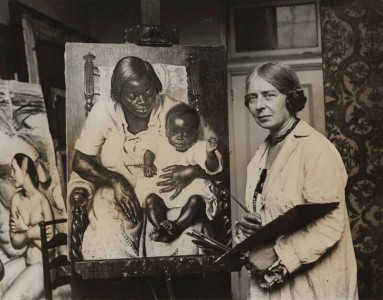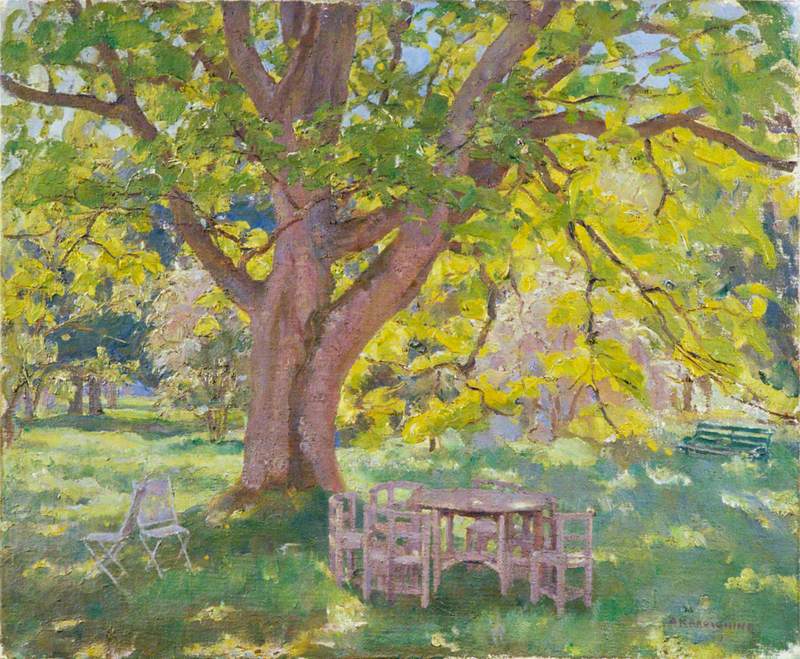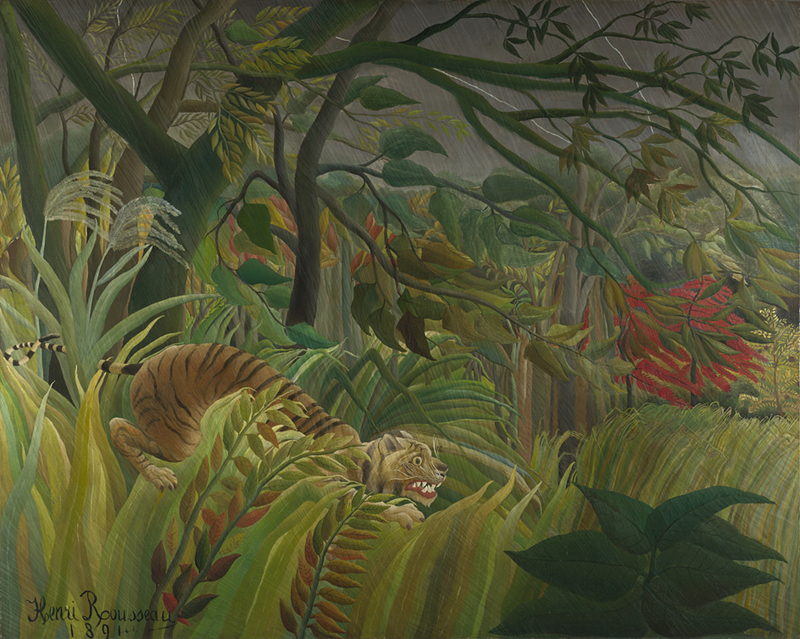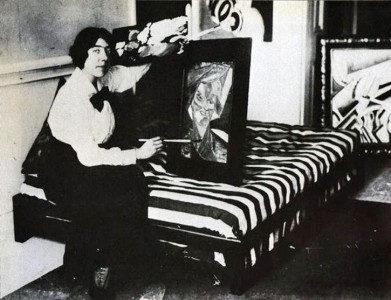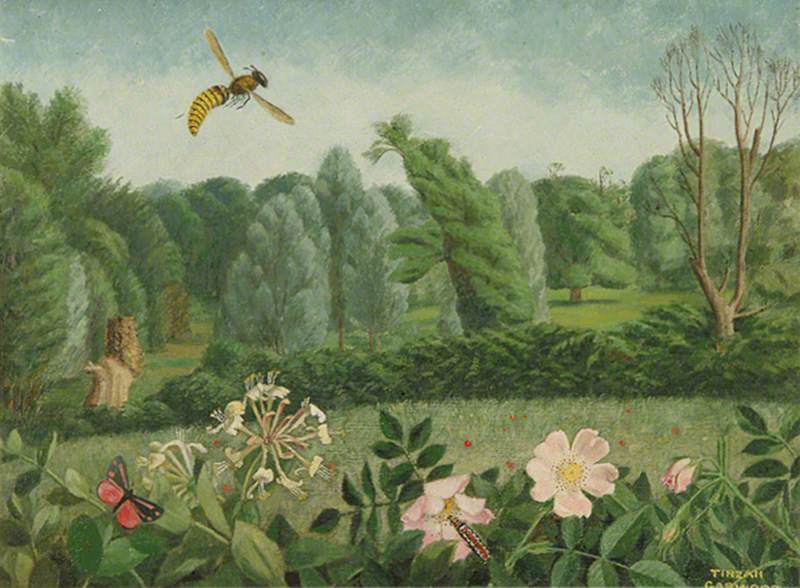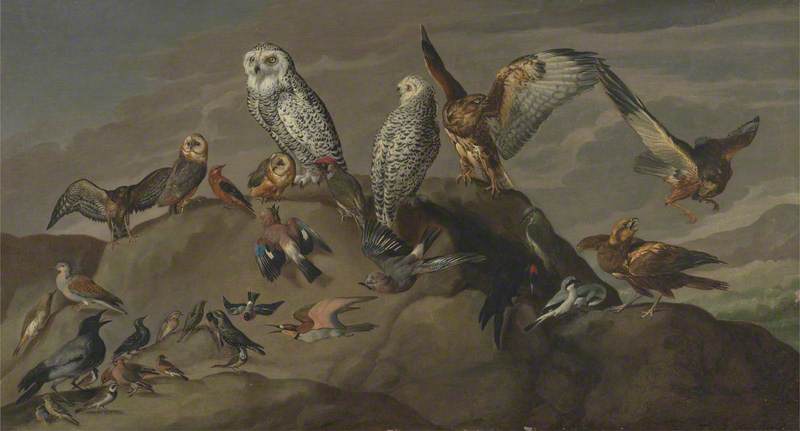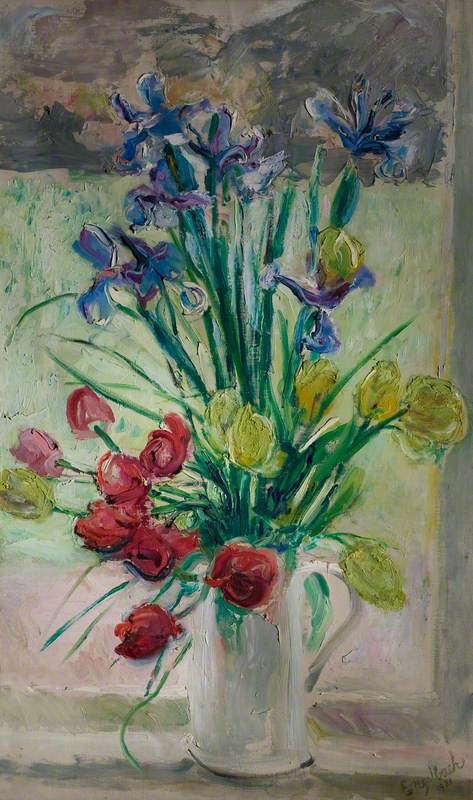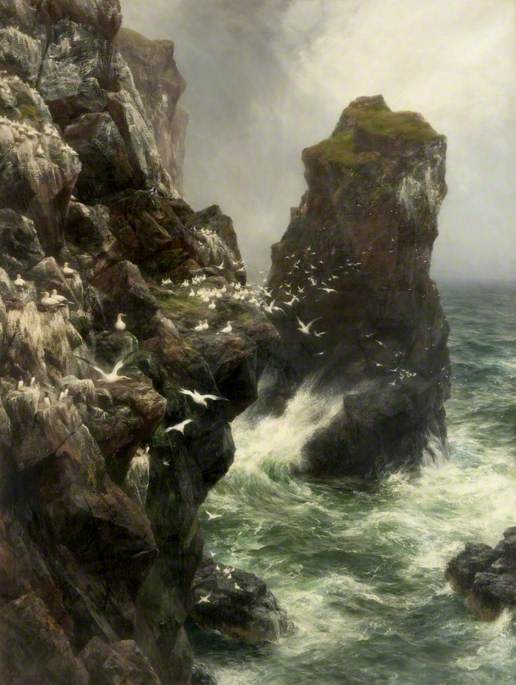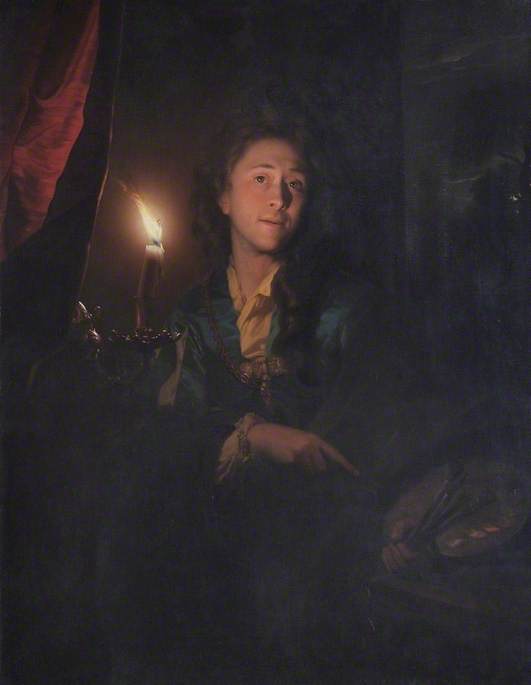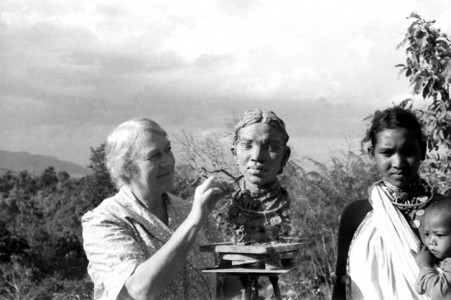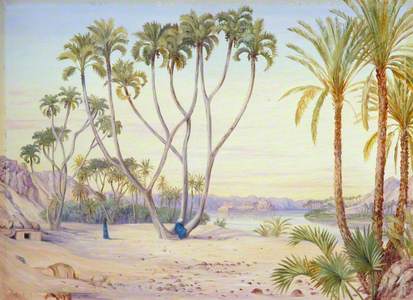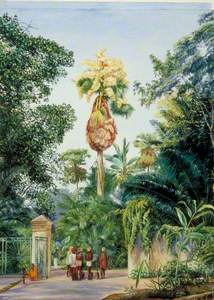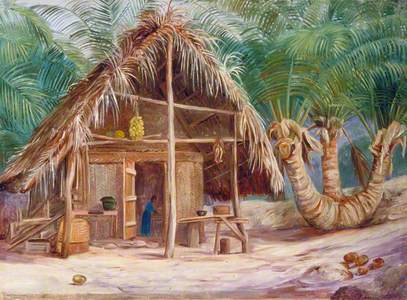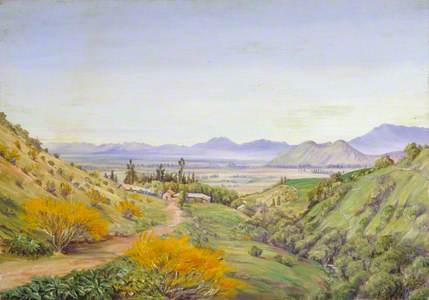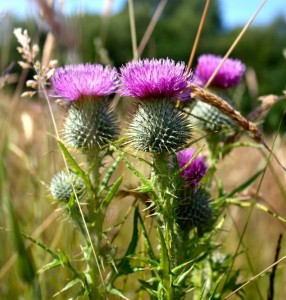Perhaps you've never heard of Marianne North, but on Art UK you can find over a thousand reasons to make her your new favourite artist...
North was born on 24th October 1830 in Hastings. She was the eldest of three children and her family were prosperous landowners – both her father and maternal grandfather were MPs.
She initially trained to be a singer, but the music world's loss was the art world's gain. Following the death of her mother in 1855, she began to paint on her travels with her father.
Doum and Date Palms on the Nile above Philae, Egypt
c.1880
Marianne North (1830–1890) 
In the mid-1860s, North and her father travelled through Europe and the Middle East, visiting Switzerland, the South Tyrol, Syria and Egypt. When her father died in 1869 she decided to pursue her ambition of painting the flora of distant countries – possibly as a way of helping her through her grief. However, this was to lead to a new calling, as she dedicated her life wholeheartedly to this goal.
Papyrus or Paper Reed Growing in the Ciane, Sicily
1870s
Marianne North (1830–1890) 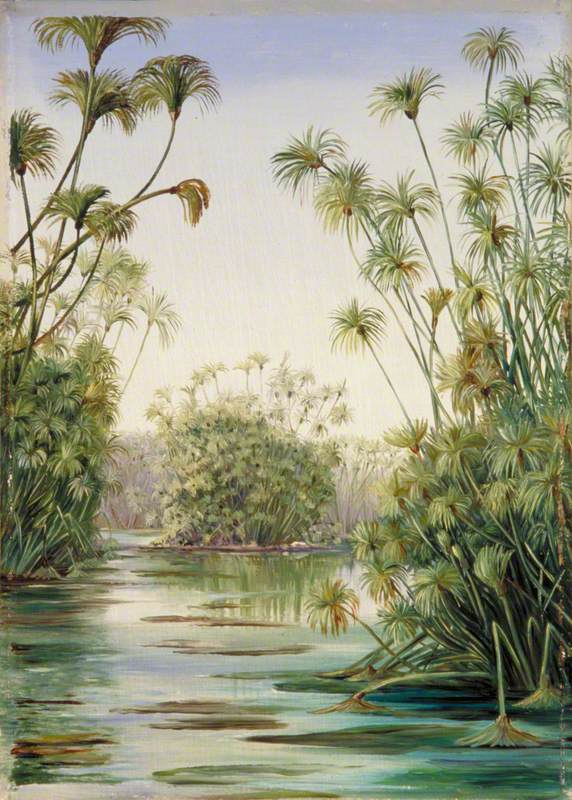
One of her first stops in this new chapter in her life was Sicily. There, she painted this papyrus plant, growing in the Ciane River.
Leonotis nepetaefolia and Doctor Humming Birds, Jamaica
c.1872
Marianne North (1830–1890) 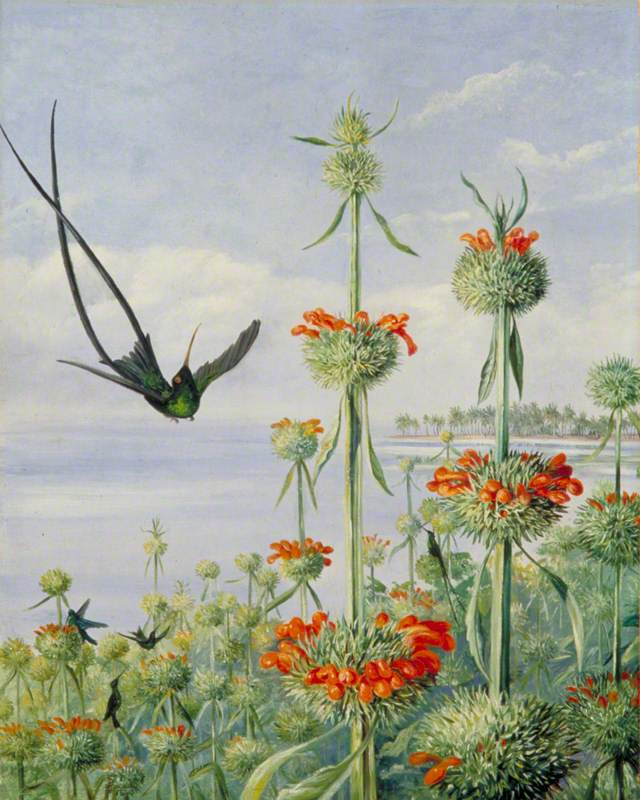
View of the Jesuit College of Caracas, Minas Geraes, Brazil
c.1873
Marianne North (1830–1890) 
Then in 1871–1872, she went further afield, travelling to Canada, the United States and Jamaica. During this time, she also lived and worked in a hut in the midst of the Brazilian forest – for a whole year!
Flowers of the Pomegranate, Painted in Teneriffe
1875
Marianne North (1830–1890) 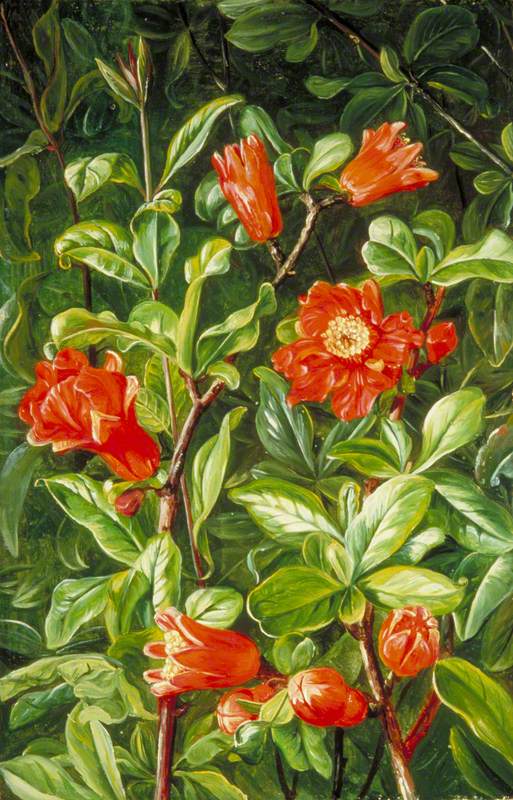
By 1875, she had made it back to Europe, and spent a few months in Tenerife, where she continued to document the flora and paint landscape works.
Interior of Chion-in Temple, Kioto, Japan
c.1876
Marianne North (1830–1890) 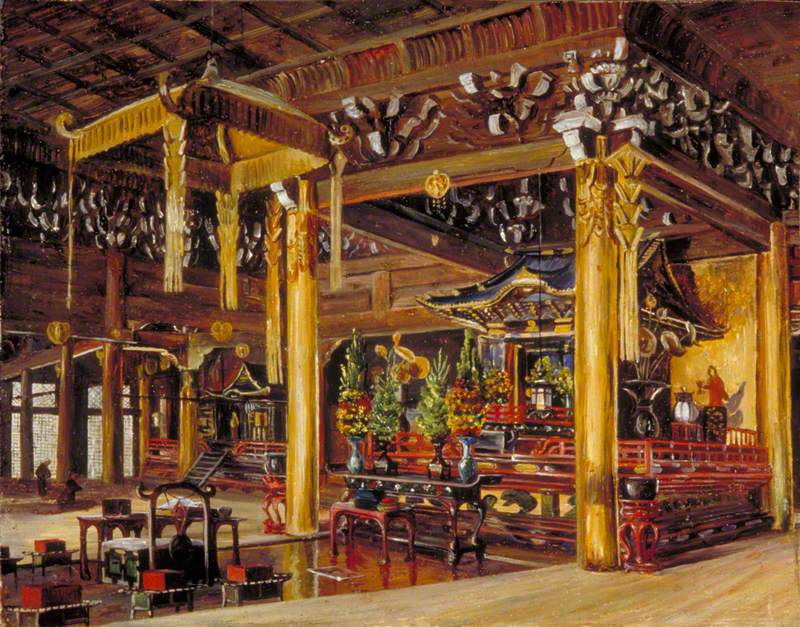
Talipot Palm near the Botanic Garden, Peradeniya, Ceylon
c.1877
Marianne North (1830–1890) 
But her wanderlust was not yet sated. She began a two-year journey around the world, during which time she painted the plants and flowers of California, Japan, Borneo, Java and Ceylon (now Sri Lanka).
'Castor and Pollux' in the Calaveras Grove of Big Trees, California
1875
Marianne North (1830–1890) 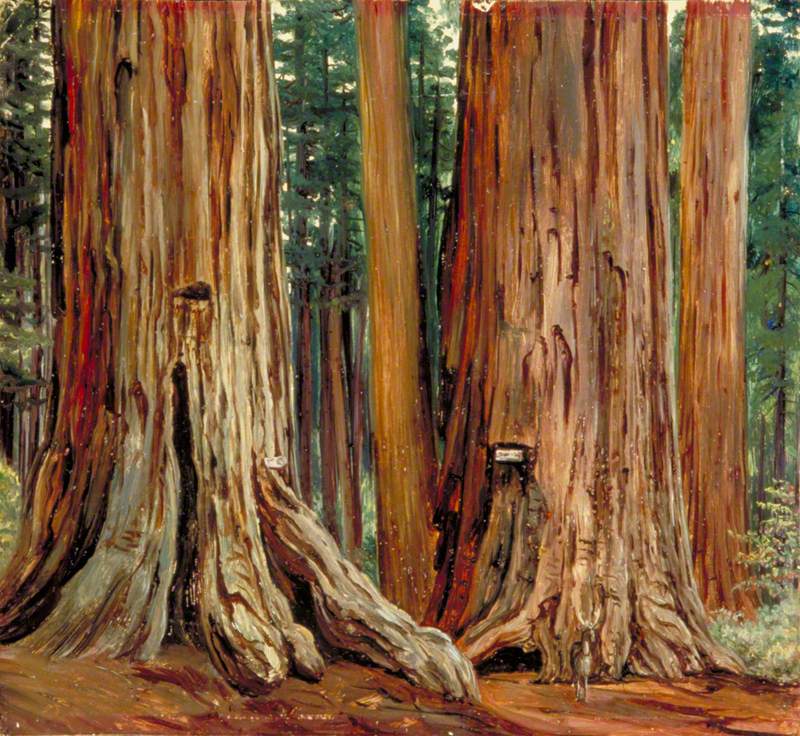
In California, she was particularly concerned with the destruction of the giant redwoods.
Festival of Muharram, Udiapur, Rajasthan, India
1879
Marianne North (1830–1890) 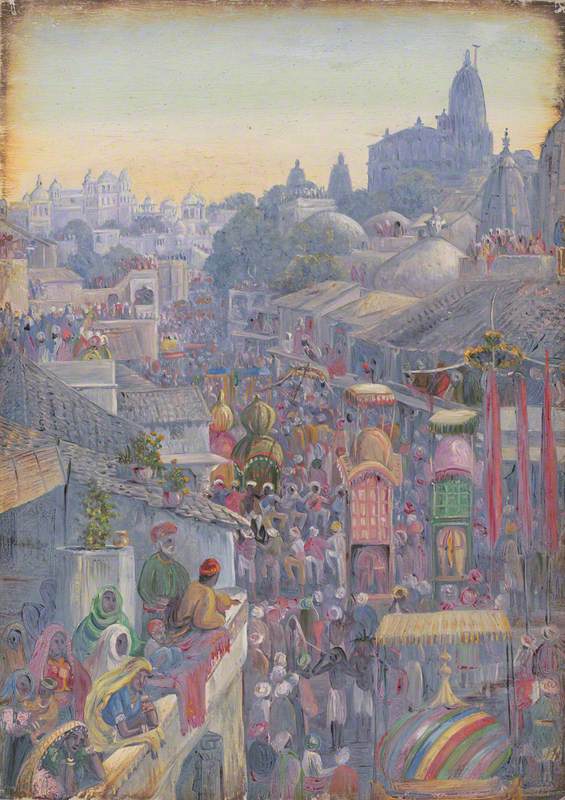
North spent all of 1878 in various parts of India, which can be read about in more detail in a story by Nancy Lyons.
Bombay Pedlars in Mrs Cameron's Verandah, Kalutera, Ceylon
c.1878
Marianne North (1830–1890) 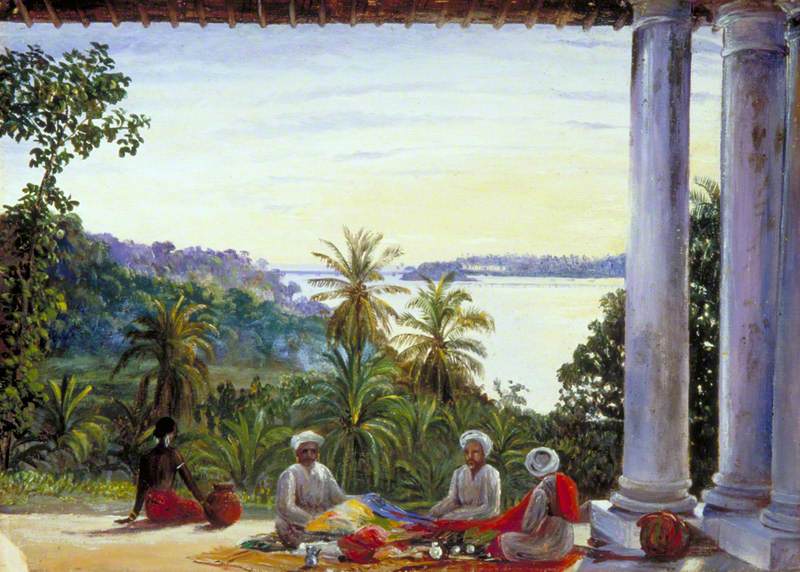
It was there where the artist was photographed by Julia Margaret Cameron – a fellow female pioneer, but in this instance of the relatively new medium of photography.
North returned to Britain at the end of the 1870s, where she exhibited some of her drawings in London. It was at this time that she suggested that a new gallery should be built to house her works at the Royal Botanic Gardens at Kew. The idea found favour and building began on what was to become (and remains today, according to Kew) 'the only permanent solo exhibition by a female artist in Britain.'
View of Lake Wakatipe, New Zealand
(Lake Wakatipu) early 1880s
Marianne North (1830–1890) 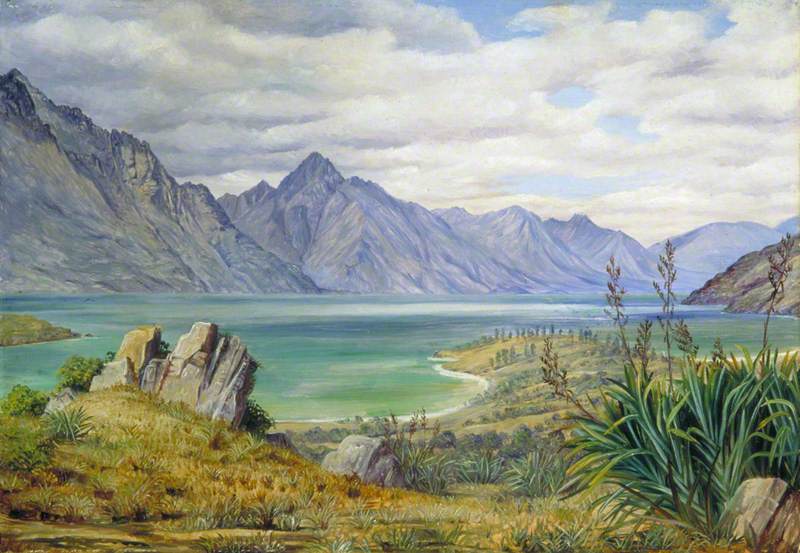
In 1880, the great naturalist Charles Darwin suggested that North travel to Australia, so she spent a year painting there and also in New Zealand. On her return to England, her gallery at Kew opened in 1882.
Distant View of Santiago, Chili, from Apoquindo
c.1873
Marianne North (1830–1890) 
Now in her fifties, in 1883, North visited South Africa, and in 1884–1885 she worked in the Seychelles and Chile.
Cedar Path, Alderley Garden, Gloucestershire
1880s
Marianne North (1830–1890) 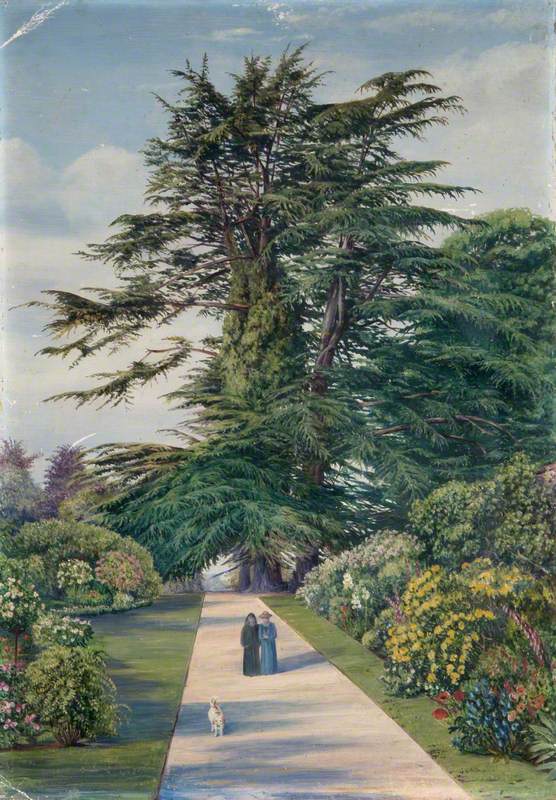
When ill-health prevented her from travelling any further, she moved to Alderley in Gloucestershire. She died there on 30th August 1890 and is buried in the local churchyard.
Today, Marianne North is celebrated for her immense body of work documenting plants from all over the world, but also for her intrepid approach to travelling to the most unusual of places, particularly for a Victorian lady. Her legacy is further cemented by the extraordinary gallery she created at Kew, and the sheer scope of her prolific artistic output. She remains a true trailblazer – one that should be remembered more widely.
Andrew Shore, Head of Content at Art UK
You can find out more about Marianne North in this video, which features highlights of a 2016 BBC Four documentary on the artist, presented by Emilia Fox.
